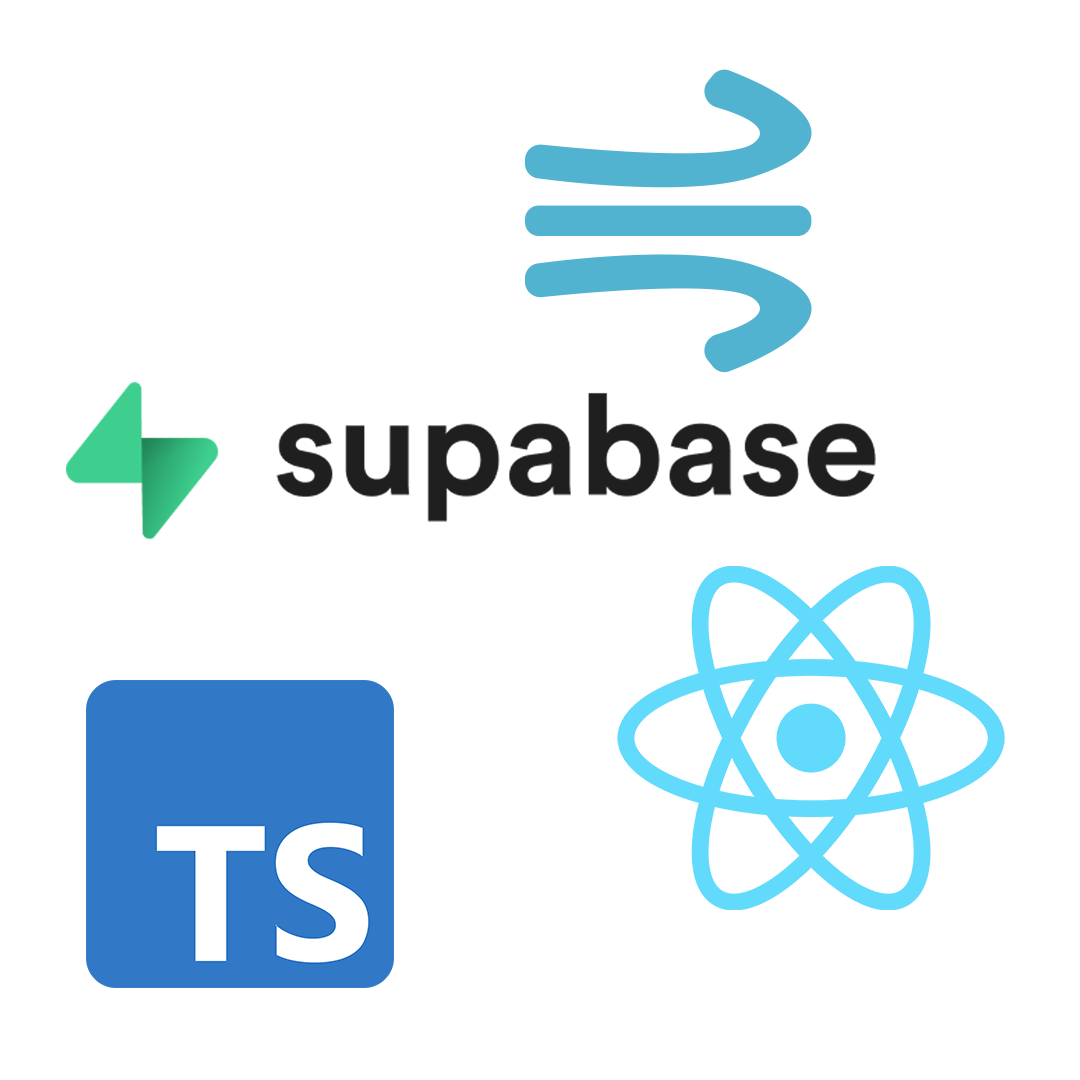Made by Runtime Terrors
Nibbler is Hungry for Stories—Can You Feed Him?
One of our team noticed, after working in a primary school library, that there was a lack of motivation and enthusiasm for reading among children. Inspired to change this, we created PagePop—an app designed to make reading fun and engaging while also supporting children with additional learning needs, such as dyslexia. PagePop offers a diverse collection of stories, complete with author details, blurbs, genres, and community-written reviews. Children can easily select a story to start or pick up where they left off. Inside the reader, users can customise their experience by adjusting font style, size, and background colour to suit their preferences and needs. But that’s not all—reading earns progress points that unlock exciting customisations for our friendly monster, Nibbler! This little green Verbivore loves gobbling up words and rewards readers by allowing them to dye their hair and personalise their look as they read more pages. We hope PagePop inspires children to explore and fall in love with the magical world of stories alongside Nibbler!
The Team
Tech Stack

We used React Native, Nativewind, TypeScript, supabase, ePub file format We chose React Native because the app lends itself towards mobile and we could use our existing experience of React to get a head start. Also, we chose Typescript because it allows for type-safe and self-documenting development. We decided to use Nativewind as Tailwind was recommended for React styling and this is it’s native counterpart. For the backend, we used Supabase as it was clear to us that this would be a frontend heavy app. Supabase allows for quick creation and iteration of a backend, all automatically built off of a Postgress database. Finally, we used Epubs which are a widely used, open source eBook file format so accessing and interacting with them is possible with existing tools/libraries.
Challenges Faced
Nativewind frequently caused us issues, and made styling harder, not easier. Many of these problems were due to it being based on Tailwind, which is designed for the web, as such, many of the styling have caveats or just don’t work on mobile. React Native was also sometimes a blocker as more complex functionality like AR, an initial goal of ours, needs more mobile OS specific implementation to work seamlessly. This caused us to pivot and change the focus of our app as when we tried to integrate the technology we spiked into the app, it no longer worked.